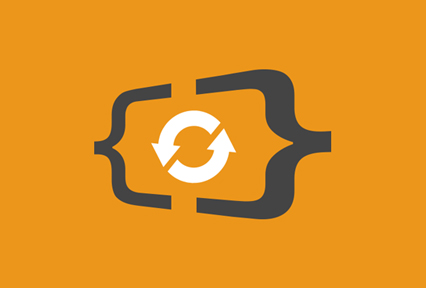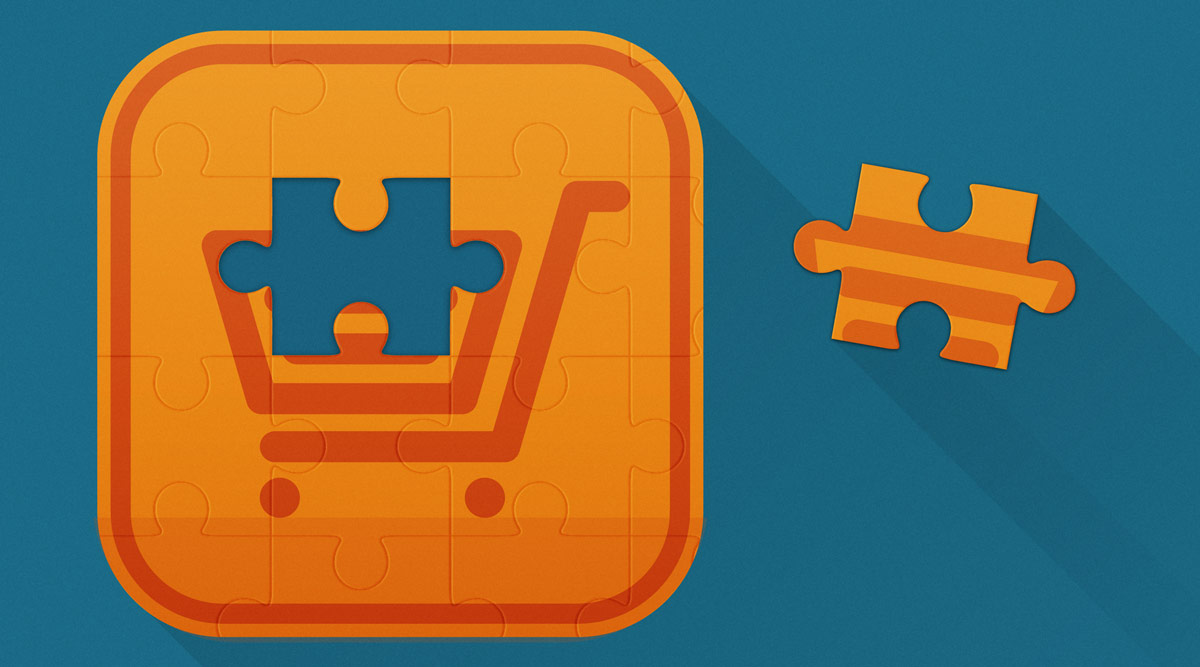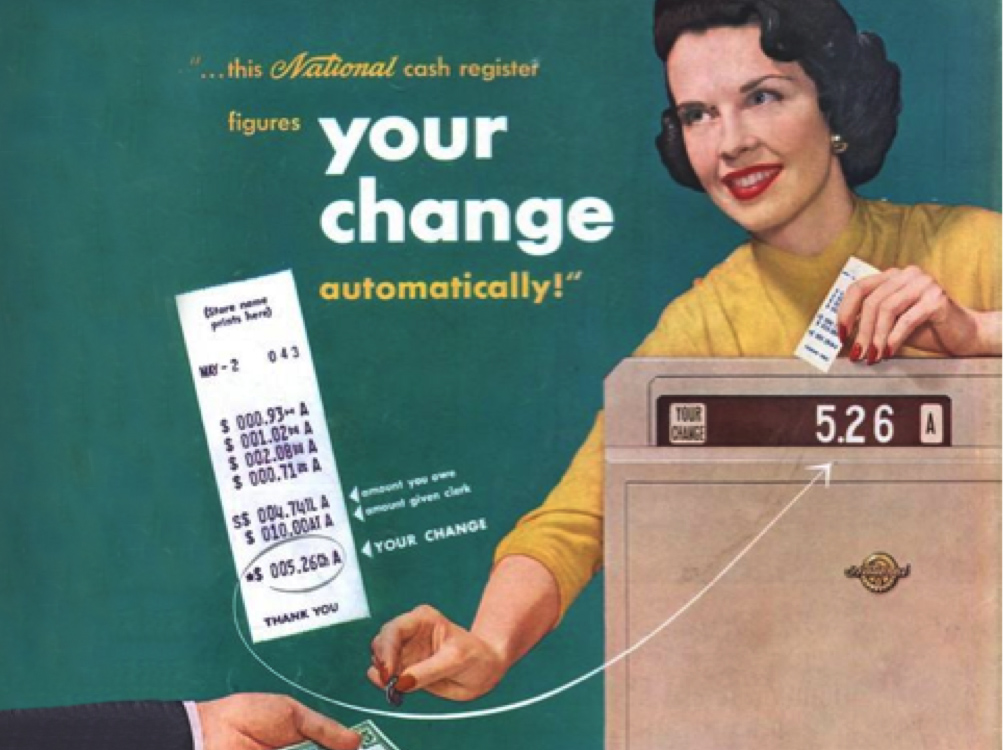Download an excerpt of the L2 Intelligence Report: Omnichannel Retail
Essential eCommerce speaks to VP and general manager of EMEA at RichRelevance, Matthieu Chouard, about the importance of personalising the customer journey.
Personalisation is a technology at the top of most retailers’ minds. The ability to provide a bespoke, even boutique-style, service in order to stand out from the competition is clearly a clever move and this starts by simply recommending products online based on a customer’s taste.
“If you want to make your customer happy, you have to make them understand they are unique and not part of a customer segment,” VP and general manager of RichRelevance EMEA, Matthieu Chouard, tells Essential eCommerce.
Transformation is everywhere we look in ecommerce. While some verticals adapt readily to transformation (like books, electronics and fashion), others resist or struggle with change. One vertical that struggles is online grocery. Online grocers blame difficult delivery, low margins, and lack of adaptation from customers for slow growth.
Amidst rapid change, we sometimes forget important lessons from the past. Groceries were actually the very first vertical that sold online. Well, it was not quite online as we hardly had electricity back then, but the milkman delivered milk every morning to our grandparents and great-grandparents based on a simple subscription order.
Indeed, we can look to the milkman model to help solve the online grocer’s struggles. It incorporated solutions for delivery, while addressing low margins and lack of adaptation—and made it all work marvelously. Let’s take a closer look.
Difficult delivery. Online supermarkets claim it’s not that easy to deliver perishable goods (as compared to non-perishables such as a computer mouse or a new sweater). If a home delivery is requested, there’s always the possibility that the shopper is not at home, which is often true if you deliver at 2:00 PM, since most of us work at this time. Milkmen used to get up notoriously early in order to complete deliveries before breakfast. People could rest assured that each time they opened the door in the morning, a new bottle of milk was waiting for them. The lesson? Don’t deliver at random hours using parcel delivery services. Use a regular, familiar delivery network which can be relied upon to deliver groceries early in the morning. That’s not to say there are no other viable options: in-store pick up and home delivery at chosen time slots are still worthwhile alternatives which should be pursued.
Low Margin. Compared to other verticals, grocers indeed work off a low margin, for multiple reasons. So did the milkman. But he knew exactly how much money he would earn the next day. The lesson we learn from the milkman is to offer products via a subscription service. Most things we buy in supermarkets are products we buy over and over, like coffee, cheese, cereals, orange juice …or milk. These are so called replenishment products that are bought again and again, with customers frequently remaining faithful to the product and brand. Good personalization engines can recognize these products with ease. If these are offered in a subscription service, the business model changes to a constant and predictable revenue stream. Once somebody is hooked on a subscription, their likelihood of discontinuation is significantly lower—almost zero. Consequently, the marketing costs for this product drastically fall—also to about zero. As long as the shopper remains subscribed, their reactivation cost is exactly zero. All the foundational investments made by every supermarket chain evaporate once a customer is turned into a subscription customer, so you can expect margins to increase. But beware: growing the customer base and margins at the same time won’t work. Acquire customers first, then once critical mass is achieved, turn the margin knob.
Lack of adaptation. Groceries are inherently a local business. People not only eat differently in the North than in the South, they also have different shopping habits. While the British prefer to do their shopping once a week at a hypermarket at the city limits, Germans will run almost every day to their little supermarket across the street. Obviously it’s easier to persuade British shoppers to buy online than Germans. Numbers prove that while about 24% of the groceries in the UK are purchased online, less than 1% of the Germans choose to buy their food online. The big supermarket chains (the usual suspects) don’t get it because they still rely on a single purchase model. Those who are overcoming this hurdle are new players who distribute meals based on subscription. HelloFresh, a German fresh ingredient box delivery service, is widely popular. They don’t have customers, they have members. Every week, members receive a box with new ingredients and new recipes to try out. And it’s not just Germany where these services have sprung up to take on a market that is supposedly slow to adapt: Blue Apron, Plated and Marley Spoon are just a few similar services. Their secret to success lies in their business model. I call it “groceries as a service.“ What’s the lesson we learn from these new services? While shopping at an online supermarket, the purchase decision has to be made each time, but with a subscription service, the shopper needs to make it only once. And once the subscription runs, the adaptation has already taken place.
No other vertical is as ripe and ready for subscription services as groceries. With today’s technological advancements, we can bring the milkman back and let him deliver more than just a couple of bottles of milk. Let him deliver all of our groceries.
Today, we are thrilled to announce that RichRelevance Engage, the dynamic content personalization solution, is now out of beta and available to all our customers. Engage enables the delivery of content and campaigns in real time based on individual shopper behavior and shopping history across online, mobile and email channels. 
Traditionally ecommerce and marketing teams have competing objectives regarding conversion rate versus brand; creating disconnects in the customer experience. For example, a simple question such as, “Which four creatives should we
showcase in the home page carousel?” can lead to significant conflict within the organization.
In an effort to make informed decisions, the emergence of testing and optimization tools has caused an explosion in test schedules and reports creating a huge amount of data to manage and analyze manually, as tests are run for each placement. This is multiplied by the frequency of the campaign refresh, demanding a significant amount of resources.
Ultimately, retailers find it difficult to know what content to publish, where to publish, and how to improve the customer experience; meaning content is often difficult to find and/or irrelevant—curtailing the ability to impact the bottom line.
Engage addresses all of these pain-points. It auto-optimizes all your content, making data-driven decisions on which content to show to whom, where and when, saving time by eliminating the need to run hundreds of manual A/B tests – thus leading to increased productivity and improved conversion.
The Marriage of Content and Commerce
The ability to weave together content and commerce is what separates retail winners from also-rans. Matthew Woolsey, EVP of Digital at Barney’s New York, recently said, “Customers who engage with editorial content—whether that’s a Window story,
a designer interview, a video, a lookbook or a personalized editorial recommendation—spend 40% more than our average customer.”*

Engage allows retailers to marry content and commerce by measuring and optimizing campaigns based on commerce KPIs—cart adds, conversions and revenue—not just clicks. It also makes it easy to embed personalized content across the broader e-commerce site, including transactional pages, mobile apps or even email in order to maximize reach.
One customer participating in an early trial of Engage is HD Supply. This home and industrial supplies retailer in the US is using Engage to expose relevant products through promotional banners on their web and mobile sites. Nicole Norris, Digital Marketing Manager at HD Supply, commented, “What I love about Engage is that it
takes us out of the equation in determining what customers would respond to best. Because Engage is based on algorithms, it helps us make that decision.” The results
for HD Supply show 116% increase in conversion and 13% increase in AOV from personalized promotional banners.
Getting Engaged
You can start using Engage right away, in just three simple steps:
- Mass upload your content from your CMS quickly via plug-in or feed
- Apply tags to content from similar cohorts to build campaigns more efficiently – Engage will automatically swap contents in-and-out from that cohort based on the KPIs defined by you
- Define segments and/or contexts to further zero in on to whom, where, and when should the message be delivered
All this may be managed from the RichRelevance Dashboard.
Engage will provide a much stronger toolkit for building richer content experiences, leading to higher levels of conversion and consumer loyalty.
Learn more about Engage here. (French, German, Portuguese)
*Source: The Zoe Report, May 28, 2015 – http://thezoereport.com/habits-of-mobile-shoppers/?mode=view-all

…and it is your customer data.
Nine out of ten purchases still take place in the store. That means that with each swipe of the credit card, customers send a strong signal of preference by means purchase. But today this signal is lost into one of these: DMP, CRM, or another three-letter acronym for your data sinks.
So why not take make use of this rich data?
Point-Of-Sale (POS) data can provide insights into the real-time shopping trends in a local area or what items/brands an individual shopper prefers and/or has already purchased. It’s only logical that with a bit of wizardry with this data, you should be able build better models that represent your shopper base and provide more relevant personalization for shoppers regardless of the channel they are utilizing. POS data is proving already to help supercharge online personalization for web, mobile and email as some of our more innovative retailing partners are finding.
We have worked with a few adventurous retailers ($10B+ office supplies retailer and $1B+ upscale department store), to quickly test this hypothesis on these next generation recommendation models. We integrated in-store transactions into the Relevance Cloud™ and ran a test. One that used offline+online purchase data to build recommendation models and a control version that used just the online purchase data.
After 45 days, we found that strategies that used offline+online data drove +1% incremental lift in revenue per session sitewide (beyond the performance of existing recommendations). One percent lift may not seem much at first glance, but this is a significant return for billion-dollar retailers with little effort. And there is even more room for improvement. The retailers included in this test did not have a perfect offline-to-online product catalog overlap, meaning there is still incremental value that can be derived once these SKUs are resolved.
In the process we also discovered some key insights about the omnichannel shopper’s behavior:

Never leave another customer data set at the till again
Offline data ingestion is a simple process. RichRelevance Omnichannel strategies take the following datatypes and offer personalization based on a 360-degree view of individual consumers:
POS Transactions: Purchases, orders and returns that contains a purchase date, item(s), customer ID, and monetary value.
Shopper Segments and Attributes: Customer or household segments such as gender, location, loyalty tier, etc. from homegrown databases, CRM records or third-party resources (Merkle, Acxiom, LiveRamp, BlueKai, etc.).

So when emptying your cash register at the end of the day…
…don’t leave your customer data behind. Put it to work to get more out of your online personalization and build richer experiences.
Learn more about Offline Data Ingestion.
“Mobile First” is the latest catchphrase in omnichannel retail since the smartphone is most often the starting point for consumers beginning their path to purchase. Personalization is essential in enhancing the mobile experience–on both mobile site and native app–because it delivers the most relevant products, content and offers to consumers within limited screen real estate.



